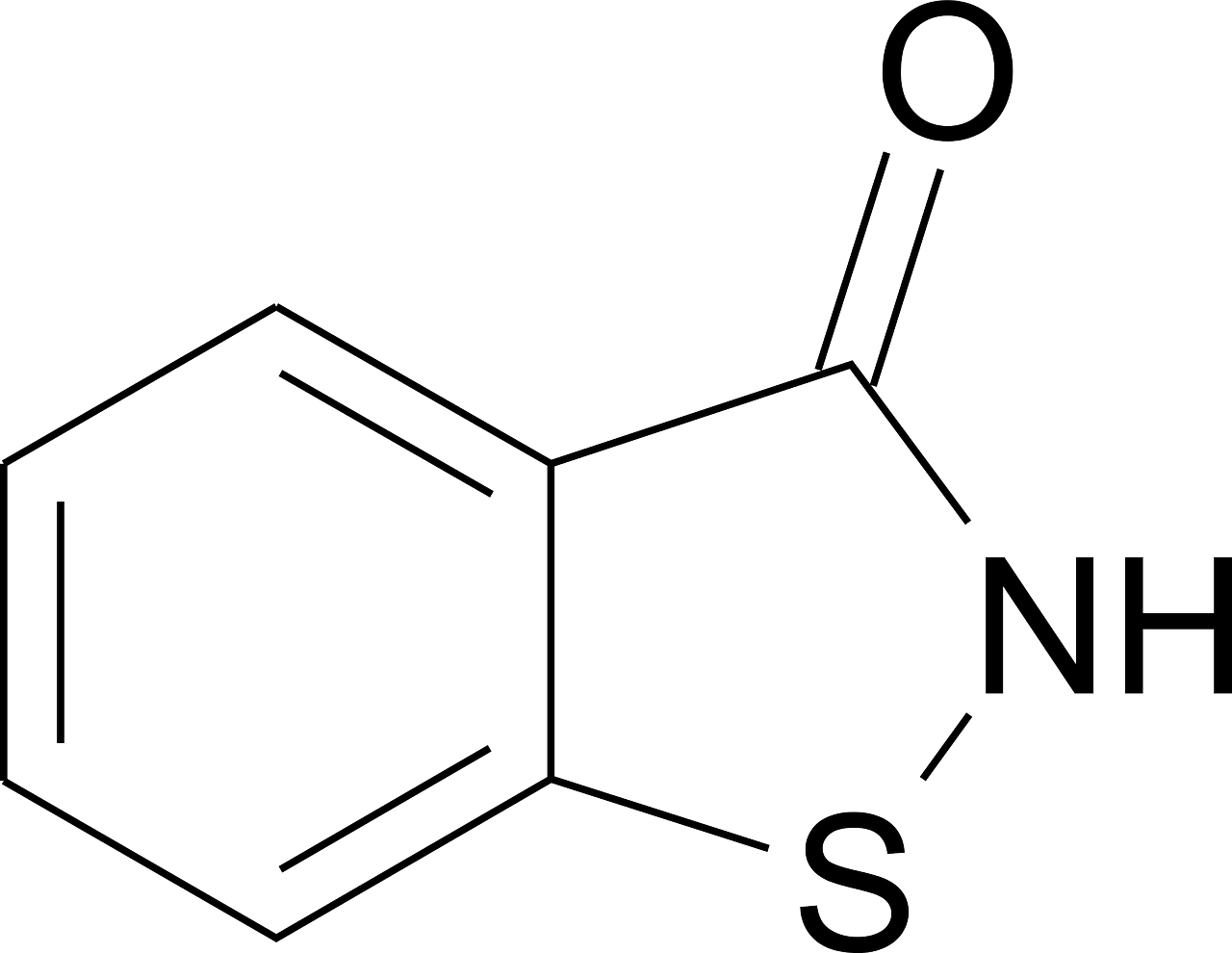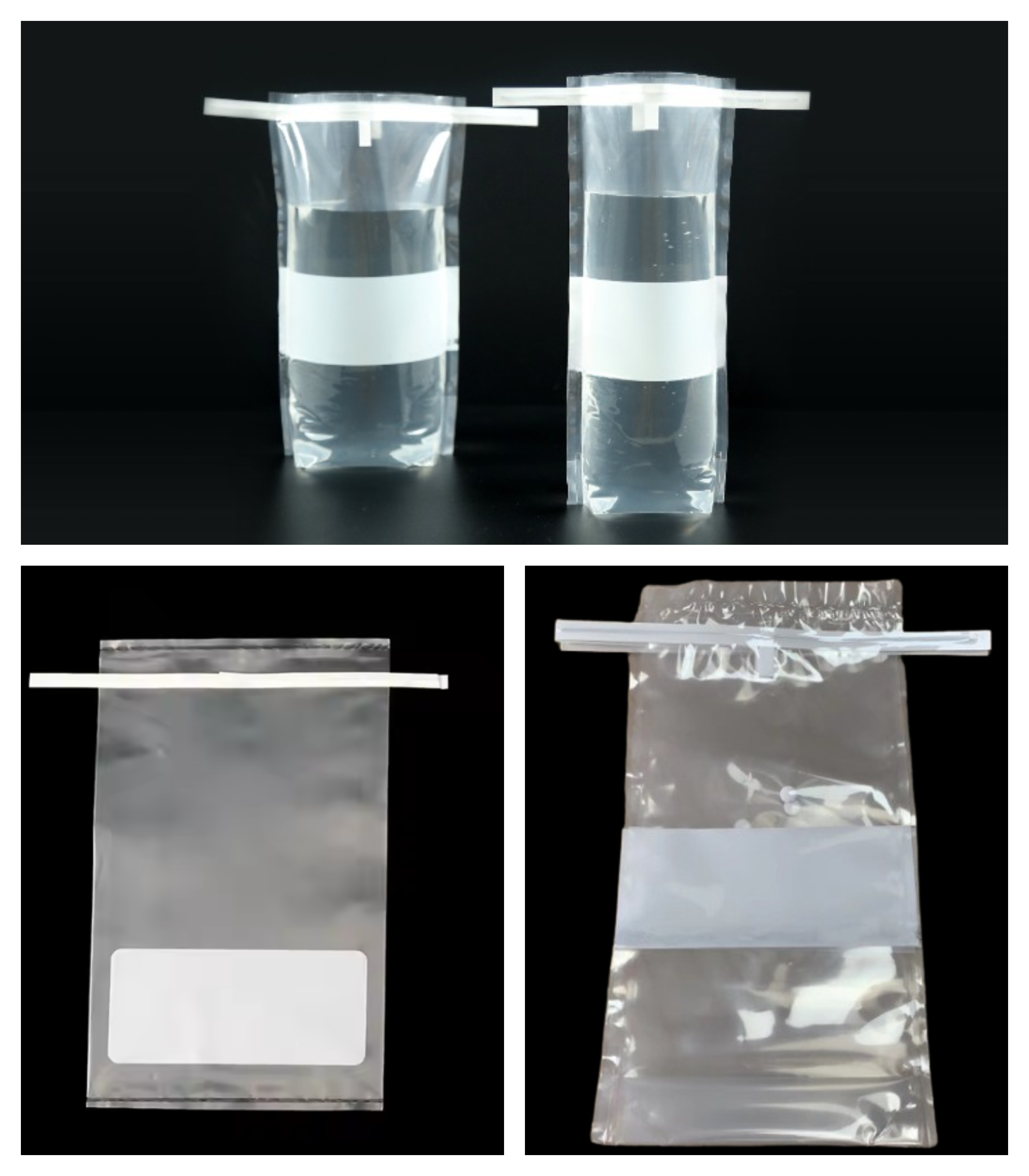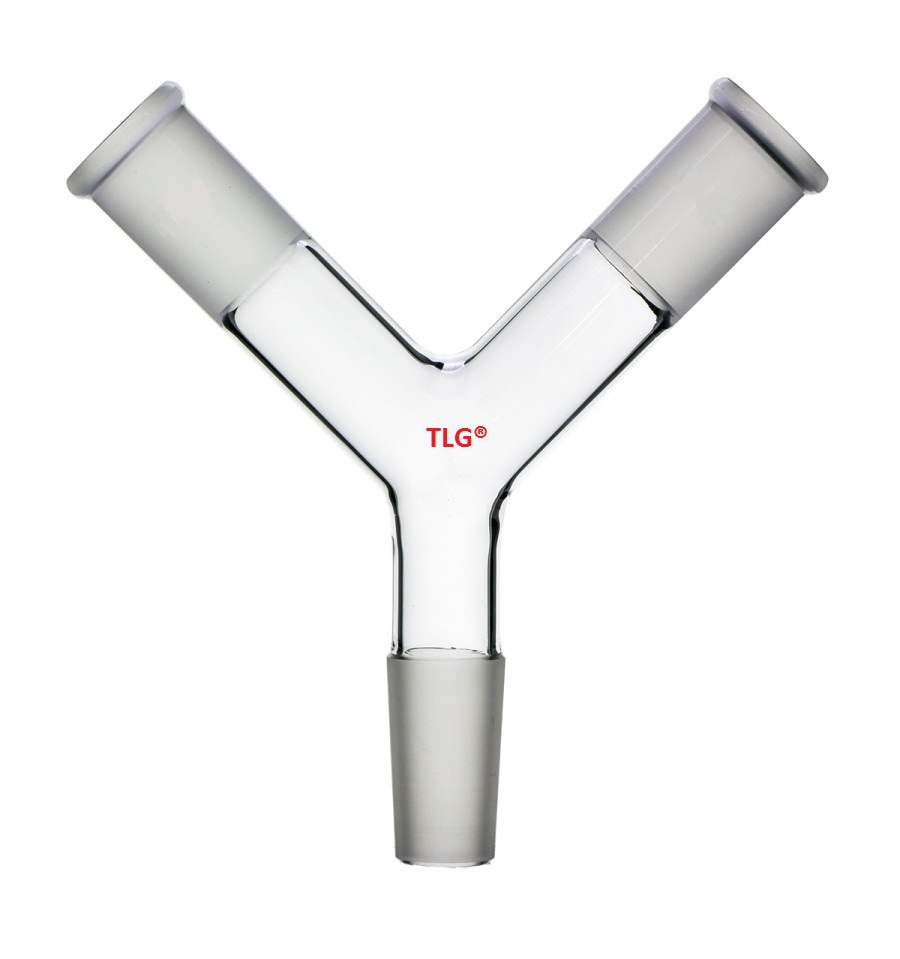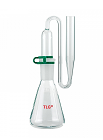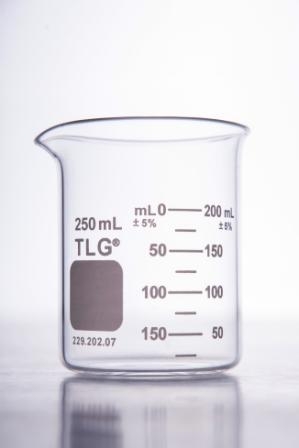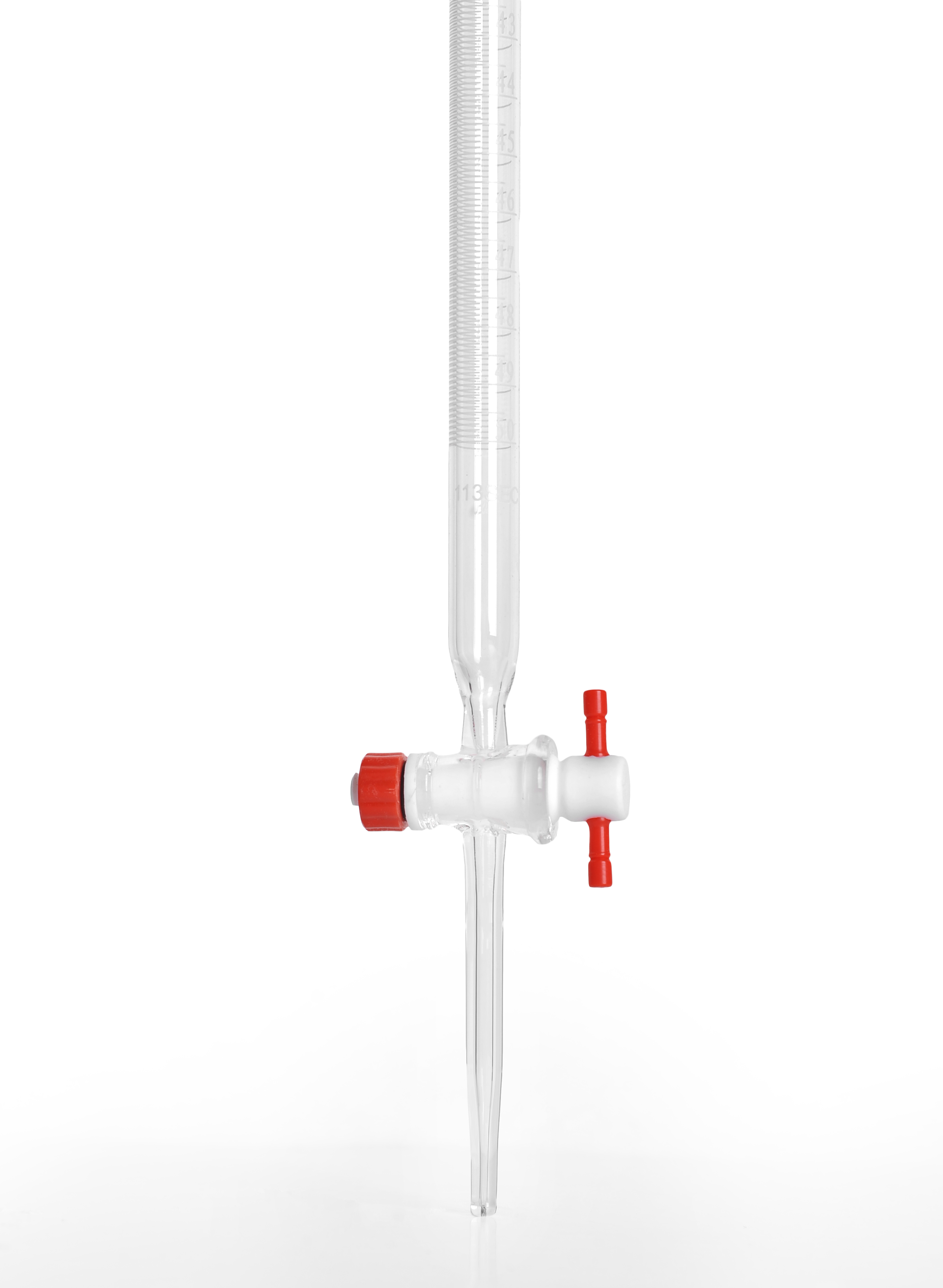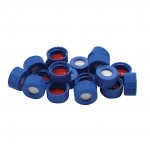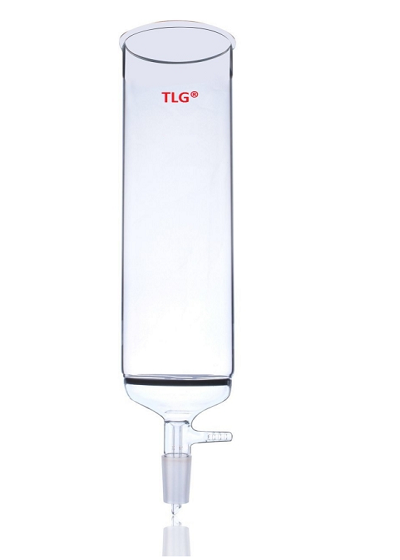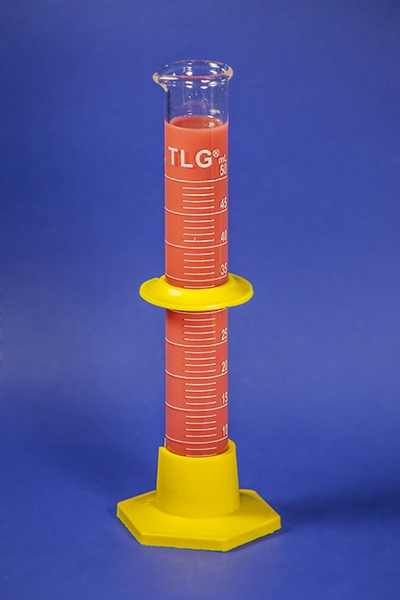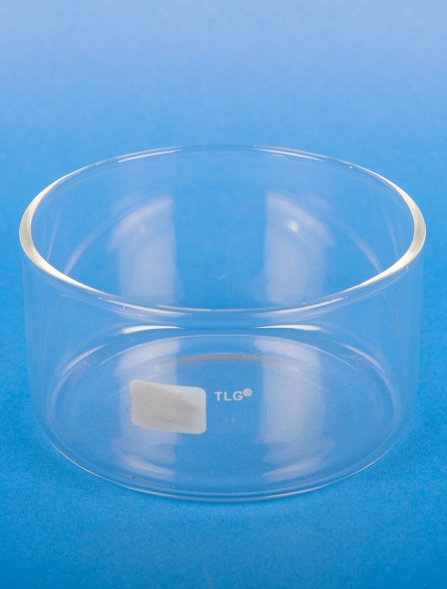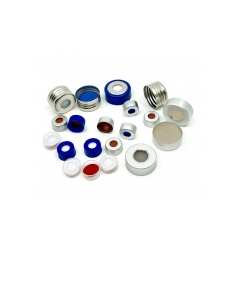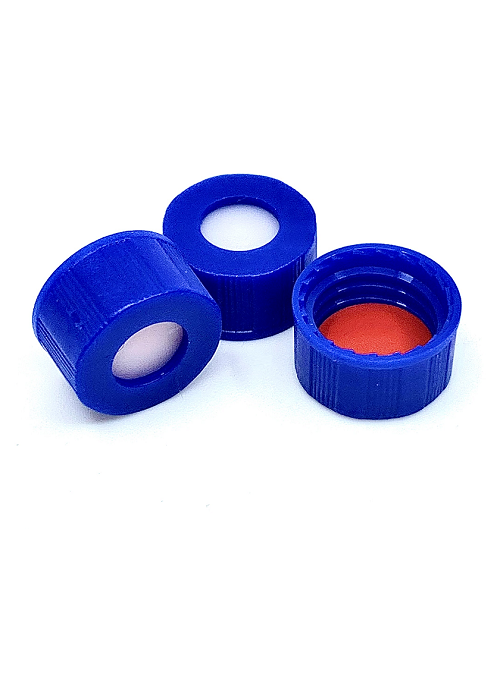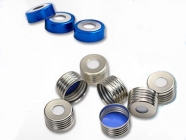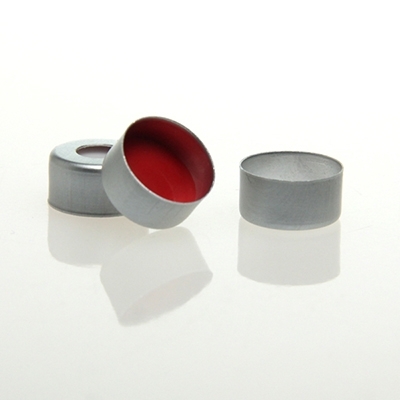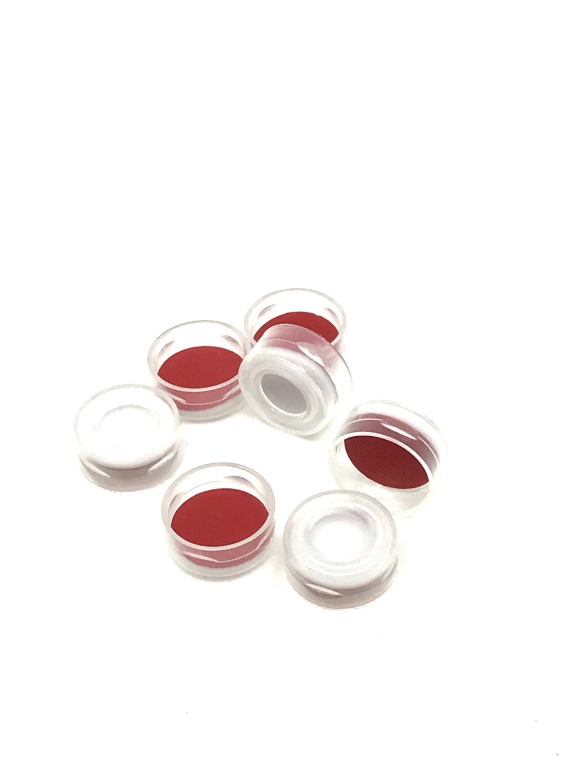In gas chromatography Material:
Glass Vials:
- Borosilicate glass: Borosilicate glass is well-known for being inert, which makes it appropriate for a variety of uses, including those requiring medications and delicate materials.
- Soda-lime glass: A more popular and affordable choice.
- Amber glass: Used to shield substances or pharmaceuticals that are sensitive to light.
- Clear Glass: Makes the contents visible.
Vials of plastic:
- Polypropylene: A flexible plastic that is frequently used for products that are sensitive to pH is polypropylene.
- Polyethylene: Used in many different ways.
- Types of Vials by Closure Mechanism:
- Screw Top Vials: Secured with a pipette or dropper and screw cap.
- Crimp Top Vials: Secured with a metal crimp cap and a rubber stopper.
- Snap Top Vials: Made to close quickly and easily.
- Lip Vials: sealed with a plastic stopper or cork.
Types of Vials by Shape:
- Tubular Vials: Necked cylinders.
- The purpose of flat bottom vials is stability.
- Vials with a round bottom: Ideal for certain lab operations.
Chromatography (GC) analysis, a GC vial is a tiny container, usually composed of glass or plastic. These vials contain samples that are put into the GC apparatus for examination, which separates and examines volatile substances according to how they interact with a stationary and mobile phase.








